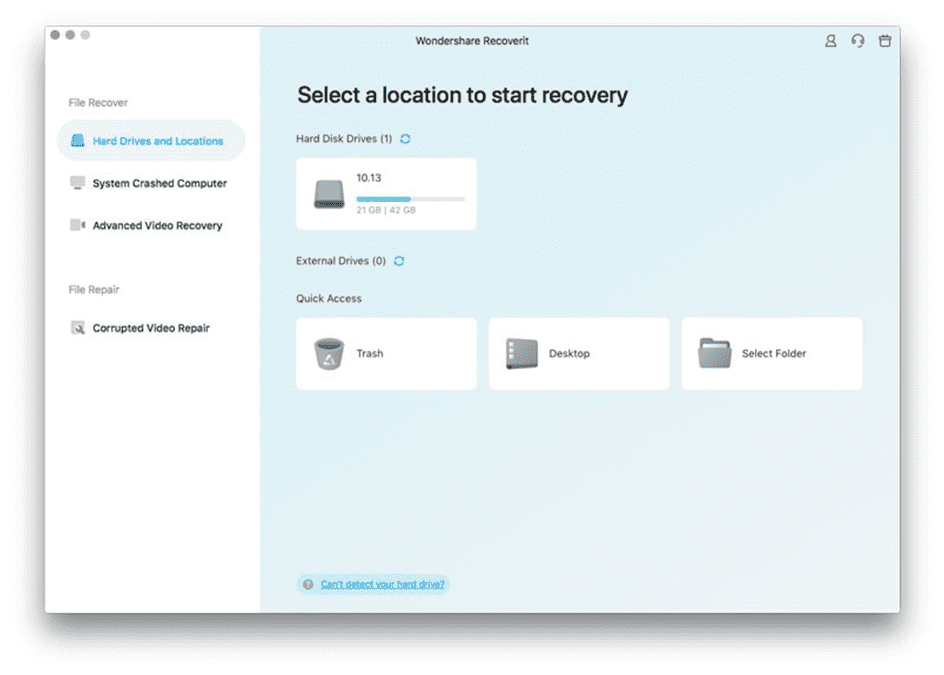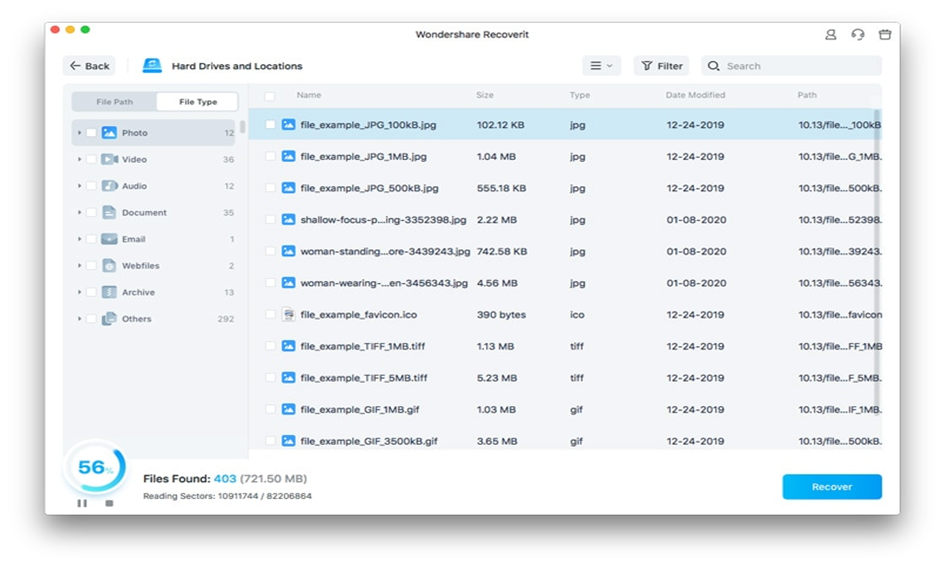When you remove a file from your Mac, your initial inclination could be to think it’s gone forever. This isn’t the case all of the time, which is a beautiful thing. Even if you’ve already emptied the trash can, there are several techniques you may take to attempt to recover files from your MacBook.
This article discusses the causes of file loss and how to restore files on a MacBook using data recovery software. Read on to learn more!
The Most Common Reasons for File Loss on a MacBook
The most prevalent causes of file loss on a MacBook are listed below.
Data Overwriting
When a data loss disaster happens on your MacBook, the hard drive fails and becomes vulnerable to irreversible data loss when you try to read or write to it while it’s failing. It overwrites data on existing data and reduces the chances of a future effective recovery.
Disc Wiping
You risk losing your data instantly if you utilize powerful data erasure methods for disc usage. It’s conceivable that data erased from a Mac volume or an external hard disc will be overwritten and stored in the MacBook.
Human errors
Accidental file deletion, challenging drive formatting, and putting the MacBook on the floor are all instances of mistakes that might cause data loss on your MacBook.
Deleting Files from iCloud
iCloud is one of the best online backup storage options for Apple customers. It’s a terrific method to sync your important files to iCloud so you can access them at any time without worrying about data loss. However, it’s conceivable that you’ll remove these data accidentally from their storage place.
Emptying trash
When you delete outdated files that are no longer relevant to you, you may mistakenly delete essential items from your Mac’s trash bin. This might be devastating for you since you won’t be able to retrieve deleted data you’ve removed from the trash bin unless you create a backup.
Electronic Problems
The hard disc of a Mac is susceptible to power outages. As a result, if your Mac is subjected to repeated power outages or surges, the electronic components inside the hard drive are more likely to fail, primarily if the original manufacturer didn’t manufacture the hard drive. Microcontroller chips, inductors, and transient voltage suppressors are all examples of so-called electronic failures.
How to Recover Files from MacBook
Here are the methods for recovering files from MacBook.
Restore Deleted Files on Mac from Trash
Trash is a temporary storage location for recently removed data that lasts for 30 days before being immediately purged. As a result, this procedure is excellent for dealing with recent data loss, such as when you delete an incorrect file by mistake.
Utilize the Terminal to Recover Deleted Files
The Terminal application in macOS provides a command-line interface. You can accomplish anything from basic tasks like moving files from one place to another to controlling whole programs.
Because the Terminal software is accessible even from Recovery Mode, you may use it to recover data if booting into macOS is not an option.
Utilize a Time Machine Backup
Apple’s Time Machine backup program backs up data to a secondary storage device, which may retain several copies of the same file on the same device. It is highly adaptable and can be used to cope with even the most catastrophic data loss circumstances, such as irreversibly wiped files and failed system discs.
Inspect and Repair Your Mac Device at a Data Recovery Laboratory
If your Mac has been physically damaged and is no longer working, sending it to a data recovery lab and letting professionals recover your data on your behalf is a sensible decision if you cannot recover your data using other data recovery procedures. If you have legal or regulatory issues that make DIY data recovery an unnecessary hassle, you may send your Mac to a data recovery facility.
How to Recover Files from a MacBook Using Recoverit Software
WondershareRecoverit is a data recovery tool developed by Wondershare that is trustworthy and safe. You may recover data from any device or media that has been deemed unrecoverable by other data recovery providers with this application.
Here’s how to use Recoverit to recover data from a MacBook.
- Go to the disc where the data was lost and open the Recoverit for Mac program.

2. Scanning the chosen location on your Mac can help you find your lost files.

3. From the resulting menu, choose the files you wish to recover from the resulting menu and click “Recover” to save them to your Mac’s hard drive.

How to Prevent File Loss When Using a MacBook
Here’s how to keep your Mac’s data protected.
Create an Information Organization and Categorization System
Label each file and folder with the appropriate name, then organize and categorize them according to the kind of data you handle. To prevent accidentally losing crucial folders or files, storing new information created or changed in your own categorized folders is critical.
Never Save Information in the Recycle Bin Unless Necessary
The files you delete will usually be saved in your recycle bin, and you may enter your recycle bin to recover the things you deleted. If you empty the recycle bin, on the other hand, these files will be permanently deleted from your computer. Furthermore, deleted files that are too large to fit in the Trash will not be recoverable from the Recycle bin. Consequently, you should never use the recycle bin as a temporary storage spot for data that you don’t want to lose since you never know when you’ll need it again.
Up-to-date anti-virus software should be utilized
Choose reputable and up-to-date antivirus software to keep your operating system stable and prevent it from crashing or malfunctioning.
Back-Up Your Data Regularly
Make a backup of your data from your computer to an external storage device regularly. Before backing up, check your storage device with antivirus software to confirm that it has not been infected with a virus and can continue to work correctly. After you’ve copied the data, it’s a good idea to precisely categorize it so you can readily discover and reuse it.
Conclusion
If your data is lost, don’t worry; top-quality tools, such as WondershareRecoverit, offer complete solutions for Mac users to recover and restore deleted and lost information from their Mac hard drive.

